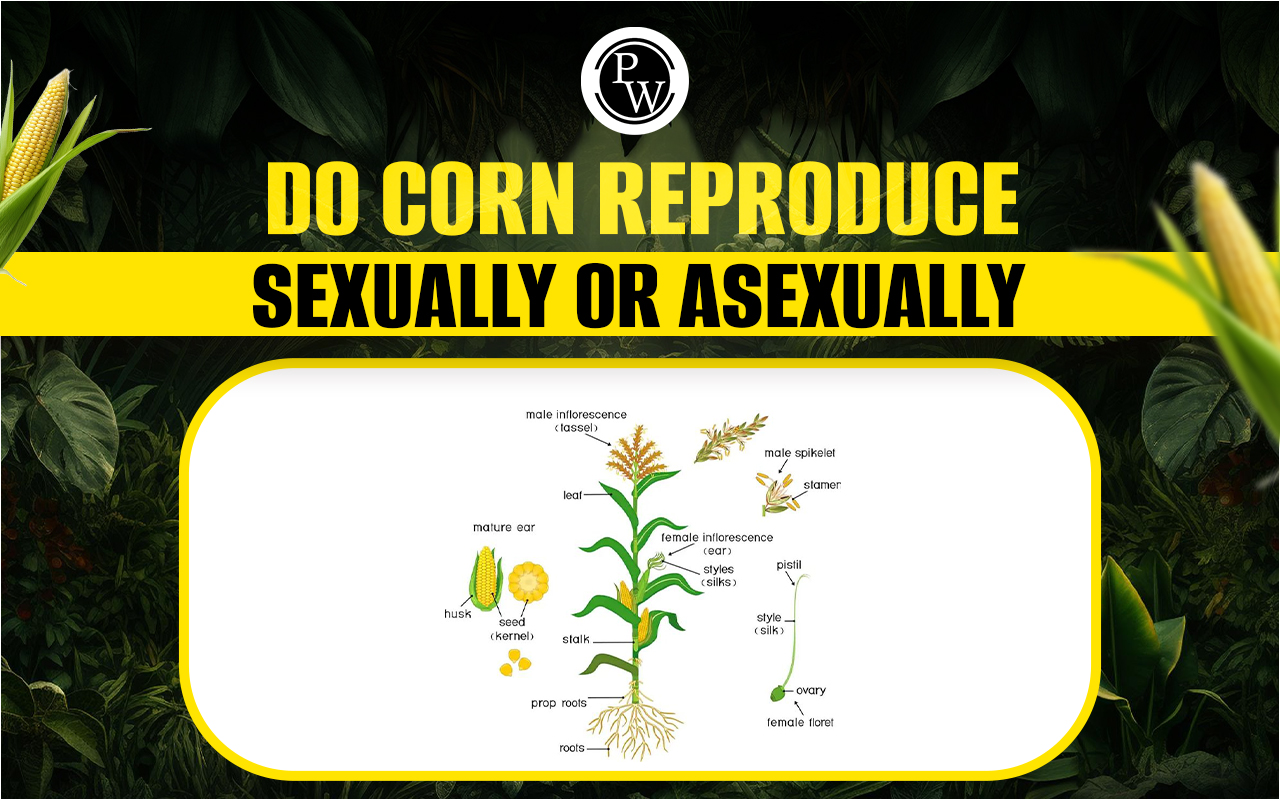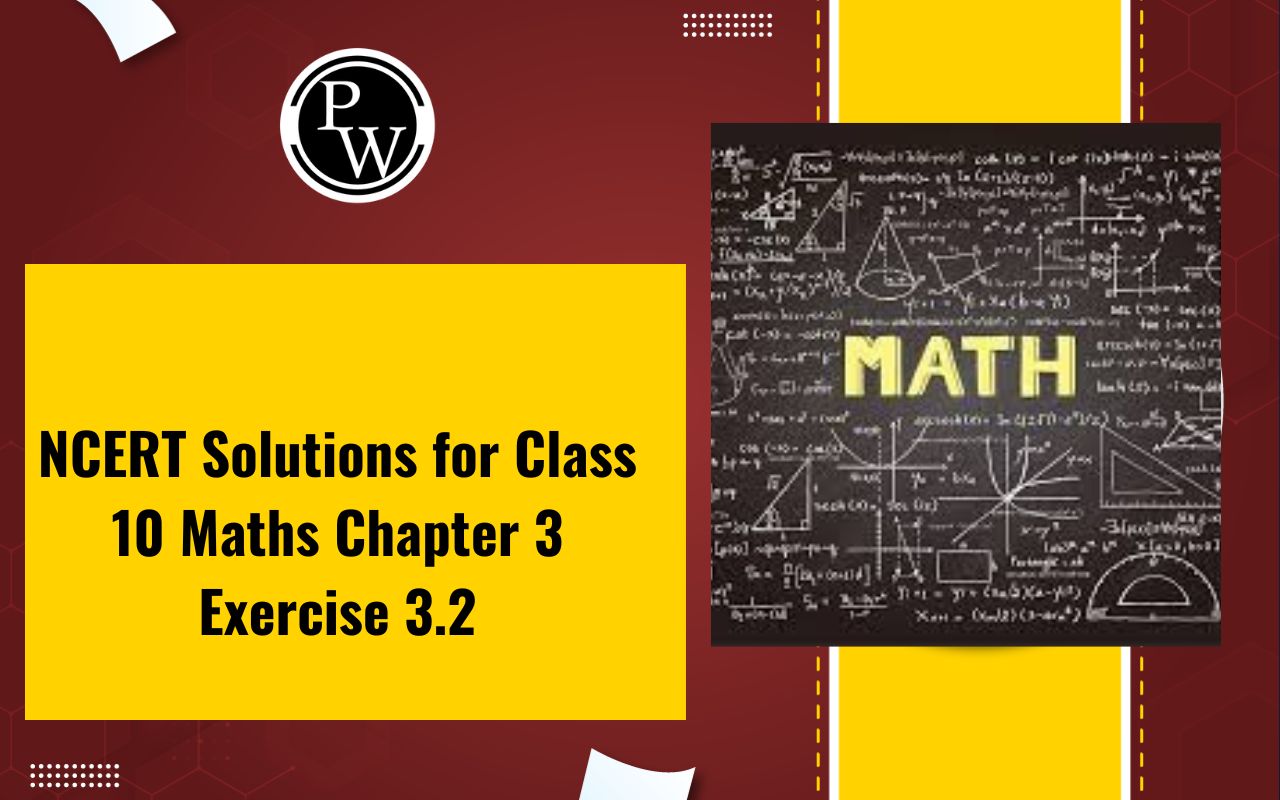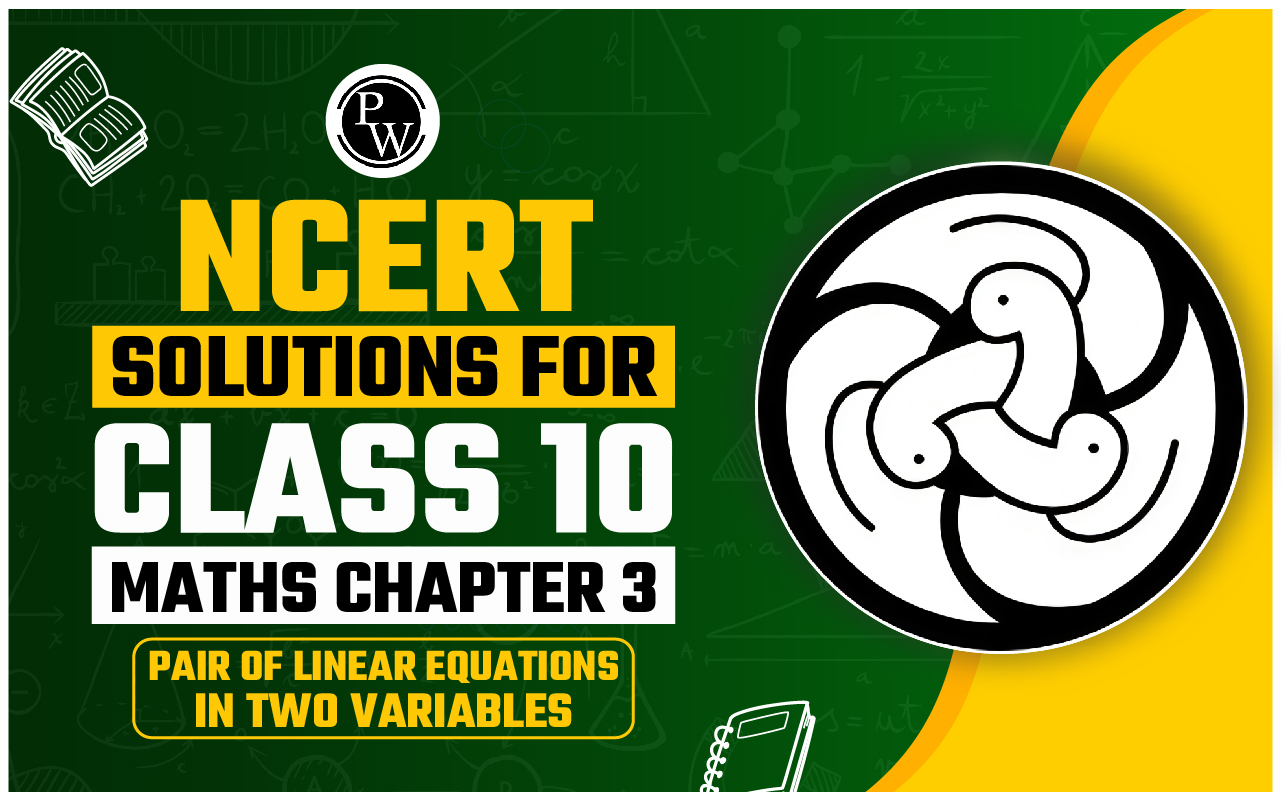

You have reached the proper destination if you were looking for information on the process of Do Corn Reproduce Sexually Or Asexually .
This article provides a concise summary of sexual reproduction in corn plants, including a description of the processes of pollination and fertilisation. It is recommended that people who are pressed for time read at least the introductory paragraph and the important topics of the article.Introduction
Corn, also known as Zea mays , is a plant grown for its grain in many nations across the world. Poaceae is the family to which this plant belongs, and it is thought that it first appeared in Mexico more than 7000 years ago. Corn is a plant that belongs to the monocot family and is distinguished by the broad leaves and characteristic inflorescence that resembles a cob and holds the kernels.Scientific Classification of Corn
The scientific classification of corn ( Zea mays ) is:Kingdom: Plantae
Division: Tracheophyta
Class: Liliopsida
Order: Poales
Family: Poaceae
Genus: Zea
Species: Zea mays
Climate Conditions Required for Corn
The plant is an annual, meaning its entire life cycle is finished during a single growing season. For optimal growth, it must have a climate that is warm and have soil that is rich in nutrients and has good drainage. Corn is a plant that develops quickly and has the potential to reach heights of up to 10 feet. Grain is the product of the Maize plant and is a significant source of carbohydrates, proteins, and oils. Grain is consumed by people and cattle alike due to its high nutritional value. Corn is an extremely versatile plant that can be produced in a wide range of environments, which is why it is such an important crop for ensuring food security in many parts of the globe. Because of its adaptability and the ease with which it can be cultivated, it has become one of the most important crops in modern agriculture.Diphtheria: Types, Symptoms, Causes, Treatment
Reproductive Structure of Corn Plant
Corn is an example of a monoecious plant, often known as a hermaphrodite, which means it has both male and female reproductive organs on the same plant. Sexual activity is required for the process of reproduction of the corn plant.Related Links -
Pollination in Corn Plant
For corn (Zea mays) plants to reproduce successfully, pollination is essential. The male gametes, formed in the stamen, are transmitted during pollination to the female flowers positioned on the cob, fertilising the female gametes. This procedure will ultimately result in the generation of seeds, which may then be germinated into new maise plants. Corn plants exhibit anemophily. The phenomenon known as anemophily describes the pollen movement from one particular plant to another by the action of air currents. The wind pollinates around ten percent of the world's flowering plants; these include grasses and cereal crops, many different kinds of trees and the notoriously allergic ragweeds. Corn also comes under this category of pollination. On a corn plant, the male flowers are found on the tassel at the top, while the female flowers are found on the cob. Male flowers pollinate female flowers. Corn may be pollinated in various ways, the most common of which are self-pollination and cross-pollination. Self-pollination happens when pollen from one part of a plant's tassel lands on the silks of another part of the same plant. This results in fertilisation and the development of seeds. In the process of cross-pollination, pollen from one plant is transferred to the female flowers of another plant to fertilise them. Wind, insects, and other animals can also play a role in this sort of pollination, although it is typically helped by wind. The development of hybrid corn plants with desired characteristics, such as enhanced yields, improved disease resistance, and better nutritional quality, can come from the cross-pollination of two different types of corn. On the other hand, it may also lead to a decrease in the seed's purity, making it more challenging to preserve the genetic characteristics of the parent plants. In the production of corn, it is common practice to take steps to restrict pollination, including the use of mechanical pollination techniques, the cultivation of male-sterile corn varieties, and the construction of physical barriers to prevent cross-pollination. The male components of the corn plant are the tassels, which emerge from the top after the leaves have developed. Tassels are also known as silks. It is made up of branches that each bear a single male flower. Pollen grains contain male sex cells, which are produced by male flowers. Male flowers generate pollen.Disorders of the Circulatory System
Reproduction in Corn Plant
In corn, sexual reproduction takes place. The male gametes, or pollen, are transferred to the female flowers, which can be found on the same plant as the male flowers or on a different adjacent plant by the wind or insects. After landing on the stigma, the pollen can germinate and build a pollen tube extending to the ovary. This process occurs once the pollen has been transferred to the pistil. After that, the male gamete fertilises the female gamete, which results in the production of a seed. The Maize plant's kernel is composed of a single embryo encased in a layer of endosperm for defense. The embryo within the seed will begin to develop into a new plant after it is planted. This process is known as germination. Over the course of its lifetime, the plant will generate an increasing number of seeds, which will in turn, keep the reproductive process going.Related Links -
Corn Reproduce Sexually Or Asexually <span style=
How can Maize plants carry out the process of reproduction?
Corn plants engage in a type of reproduction known as sexual reproduction, which involves combining male and female gametes during the process. The stamen are responsible for producing male gametes, whilst the pistil is responsible for producing female gametes. Pollination is the process by which male gametes go from the male flowers to the female flowers, ultimately resulting in fertilisation and seed development.
How are the male and female gametes produced in corn plants?
Pollen is the common name for the male gametes generated in the Maize plant's stamens during the reproductive process. The pistil is where the gametes for female reproduction are produced.
What is the significance of reproduction in corn plants?
Corn plants must reproduce to ensure the species' survival and to produce new plants that may be used for food, industrial purposes, and the manufacture of biofuels. Farmers may enhance their yields and produce crops of greater quality by controlling the time of pollination and fertilisation and the conditions under which it occurs.
Can cross-pollination occur in corn plants?
Yes, corn plants can engage in cross-pollination, which occurs when the pollen from one plant fertilises the female flowers of another plant.
Can self-pollination occur in corn plants?
Yes, corn plants are capable of self-pollination, which happens when pollen from the plant's tassels is transferred to the silks of the same plant. This results in fertilisation and the formation of seeds.
When it comes to Maize plants, how does the time of pollination affect the success of fertilisation?
It is possible for the success of fertilisation in Maize plants to be affected by the time of pollination. If the silks are not responsive when the pollen is generated, there is a lower probability of successful fertilisation. In the opposite scenario, where the silks are receptive but lack pollen, the odds of successful fertilisation are similarly lowered.
🔥 Trending Blogs
Talk to a counsellorHave doubts? Our support team will be happy to assist you!

Check out these Related Articles
Free Learning Resources
PW Books
Notes (Class 10-12)
PW Study Materials
Notes (Class 6-9)
Ncert Solutions
Govt Exams
Class 6th to 12th Online Courses
Govt Job Exams Courses
UPSC Coaching
Defence Exam Coaching
Gate Exam Coaching
Other Exams
Know about Physics Wallah
Physics Wallah is an Indian edtech platform that provides accessible & comprehensive learning experiences to students from Class 6th to postgraduate level. We also provide extensive NCERT solutions, sample paper, NEET, JEE Mains, BITSAT previous year papers & more such resources to students. Physics Wallah also caters to over 3.5 million registered students and over 78 lakh+ Youtube subscribers with 4.8 rating on its app.
We Stand Out because
We provide students with intensive courses with India’s qualified & experienced faculties & mentors. PW strives to make the learning experience comprehensive and accessible for students of all sections of society. We believe in empowering every single student who couldn't dream of a good career in engineering and medical field earlier.
Our Key Focus Areas
Physics Wallah's main focus is to make the learning experience as economical as possible for all students. With our affordable courses like Lakshya, Udaan and Arjuna and many others, we have been able to provide a platform for lakhs of aspirants. From providing Chemistry, Maths, Physics formula to giving e-books of eminent authors like RD Sharma, RS Aggarwal and Lakhmir Singh, PW focuses on every single student's need for preparation.
What Makes Us Different
Physics Wallah strives to develop a comprehensive pedagogical structure for students, where they get a state-of-the-art learning experience with study material and resources. Apart from catering students preparing for JEE Mains and NEET, PW also provides study material for each state board like Uttar Pradesh, Bihar, and others
Copyright © 2025 Physicswallah Limited All rights reserved.
Get App











